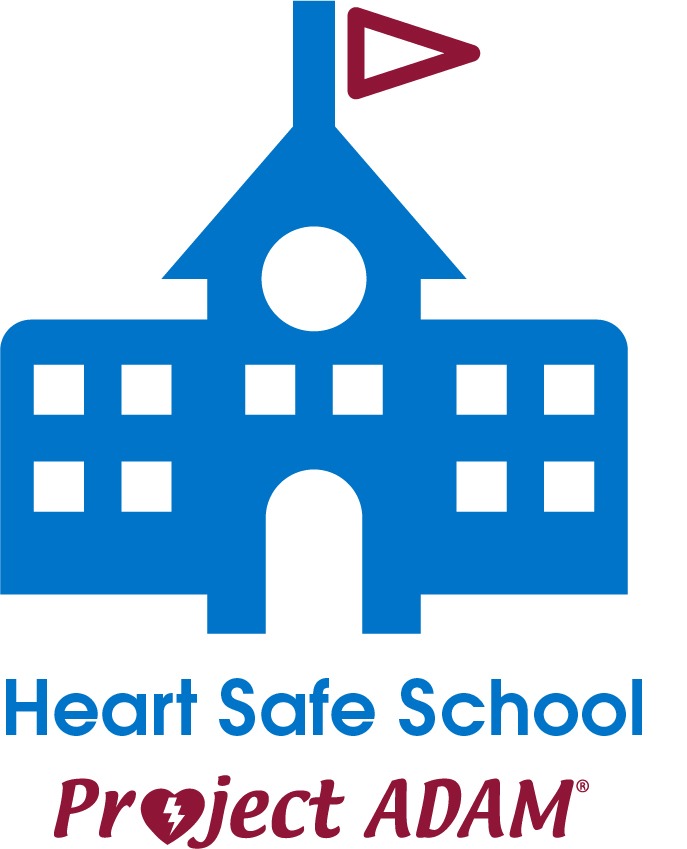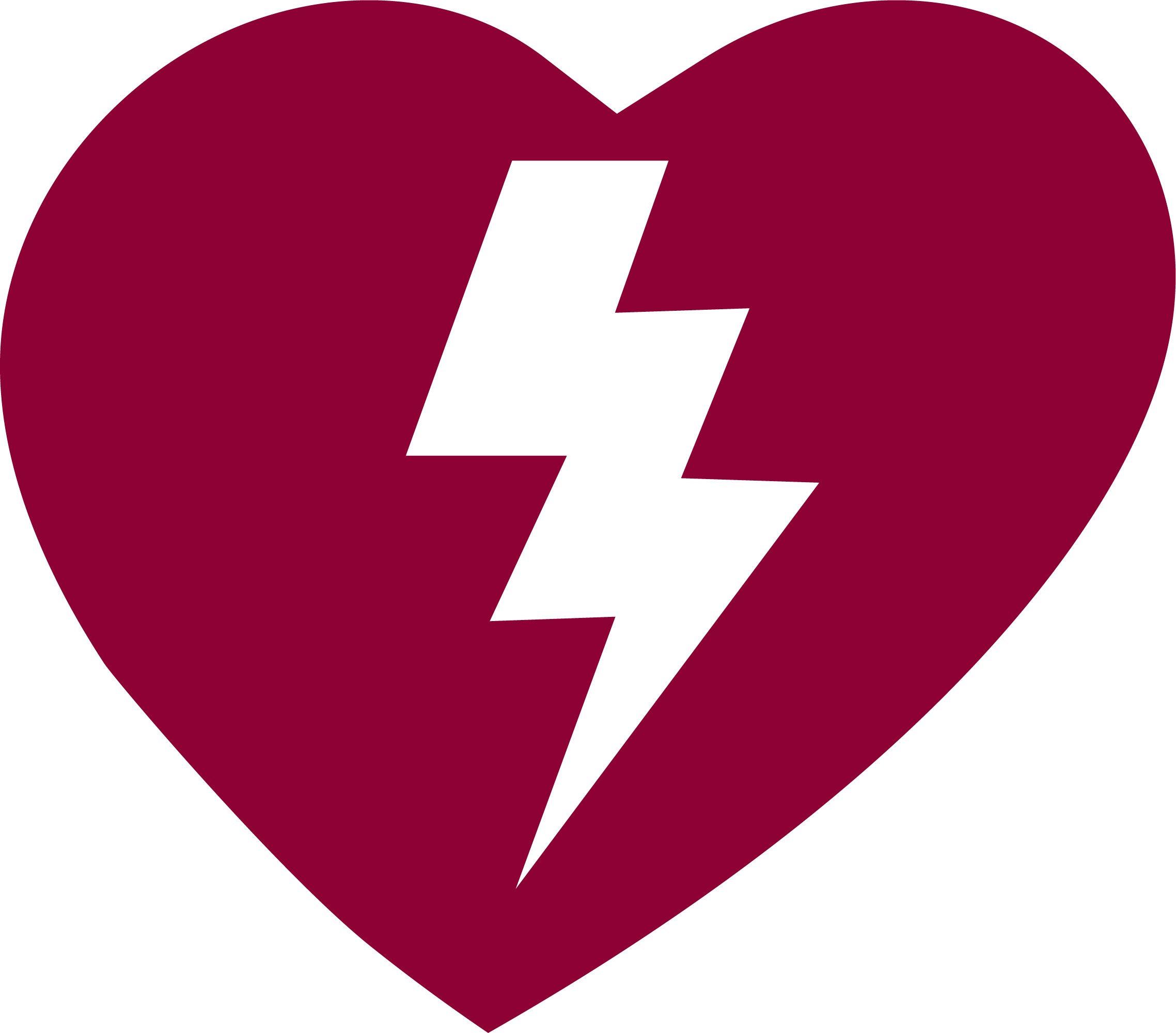Immediate treatment for cardiac arrest is critical. Roughly 20 percent of a community is on school grounds on any given day. Schools need to be prepared to respond to cardiac arrest immediately to protect our children and others in the community.
This can happen anywhere – even schools – and we want to be ready. Project ADAM – a program focused on making sure schools are prepared for sudden cardiac arrest – can assist schools in becoming more heart safe environments.

- The risk of sudden cardiac death in young people is as many as 8.3 deaths per 100,000 young people per year.
- Over 200 lives have been saved through Project ADAM affiliate programs when immediate response was taken following a sudden cardiac arrest.
What is Project ADAM?
Project ADAM was inspired by the death of Adam Lemel, a 17-year-old high school student in Whitefish Bay, WI, who suffered a fatal sudden cardiac arrest in 1999 while playing basketball at school.
Immediate care and the right preparation could have saved Adam’s life.
In memory of Adam’s life, his parents, Patty and Joe, teamed up with Children’s Wisconsin to create Project ADAM. Their hope is to make sure other schools are prepared to save the lives of young people in the event of cardiac arrest.
- Automated
- Defibrillator in
- Adam’s
- Memory
Become a Heart Safe School/Organization
Children’s Nebraska is committed in its outreach to assist any school or community organization in their desire to become “Heart Safe” by guiding them to meet the following requirements:
- Develop a cardiac emergency response team.
- Develop a cardiac emergency response plan.
- Provide and maintain training and education for all stakeholders.
- Activate and analyze cardiac emergency response drills.
- Develop and review sustainment plan annually.
- Provide outreach to inform and include community resources.

Become a Heart Safe School or Organization
If you’re interested in becoming a heart safe school or organization fill out the Project ADAM interest form.
Resources
-
Automated External Defibrillators (AEDs)
-
Build Your Cardiac Emergency Response Team
-
Create Your Cardiac Emergency Response Plan
-
Coordinate CPR/AED Training
-
Conduct a Cardiac Emergency Response Drill
-
Designation & Maintenance
-
Sudden Cardiac Arrest
When the heart stops beating during a sudden cardiac arrest, you can quickly lose blood flow to your brain and other vital organs. Without immediate life support measures, this can lead to death. Every second and every minute is crucial in saving the life of someone experiencing sudden cardiac arrest.There are many causes of sudden cardiac arrest, but the result is the same – ventricular fibrillation. This is when the heart can’t get blood to the rest of the body.

- The best chance of saving a life during sudden cardiac arrest is during the first 4 minutes.
- Every minute without intervention reduces the chances of survival by up to 10 percent.
- Quick and effective CPR can double or triple the changes of survival from sudden cardiac arrest.
-
Recognizing And Responding To Signs Of Sudden Cardiac Arrest
Sudden cardiac arrest can occur with no warning signs. If they do exist, they may be subtle and occurring during times of exercise, including:- Dizziness or fainting
- Extreme fatigue or shortness of breath
- Chest pain or chest discomfort
If sudden cardiac arrest does occur, early recognition is critical. A person experiencing sudden cardiac arrest may:
- Collapse
- Become unresponsive
- Gasp, gurgle, snort, or moan
- Experience labored breathing
- Have seizure-like activity
If you notice someone experiencing sudden cardiac arrest, a rapid response can save their life. This includes early:
- Access to 911: Confirm unresponsiveness, call 911, and follow their instructions. Alert any on-site emergency responders.
- CPR: Begin CPR immediately.
- Defibrillation: Immediately use an automated external defibrillator (AED) to restore the heart’s normal rhythm.
- Advanced Care: Emergency Medical Services (EMS) responders start advanced life support and transfer to a hospital.
Access more CPR resources and read about success stories at Project ADAM.
Our Project ADAM Team
- Dr. Matthew Sorensen, Medical Director for Project ADAM
- Kimberly Castellano, Project ADAM Coordinator, 402-955-6087